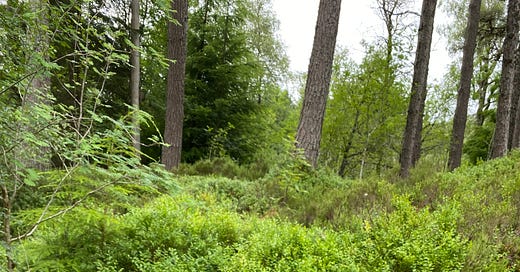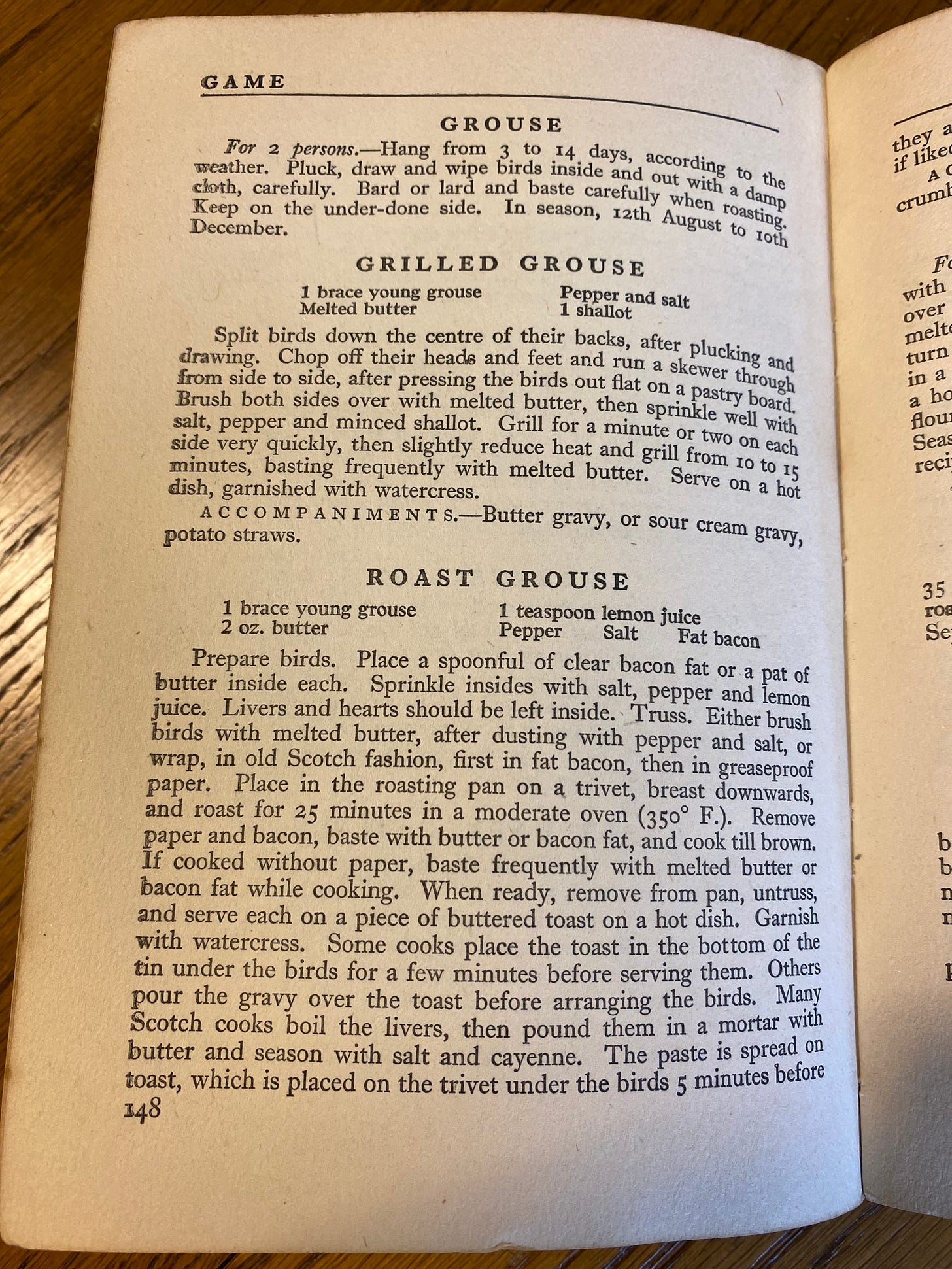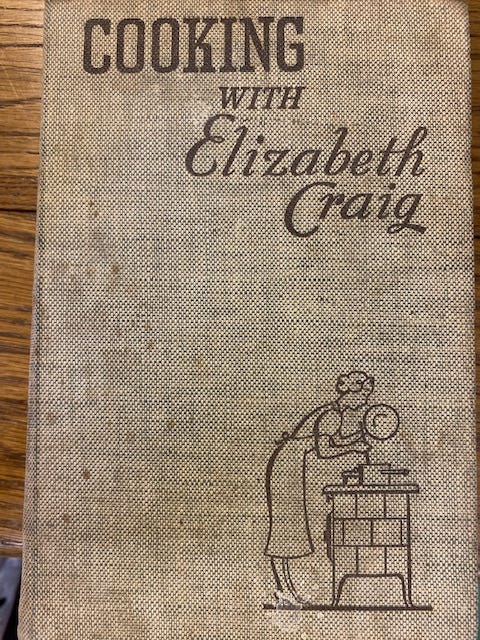Saints’ days celebrate the passage of saints from earth to heaven. Examples of the faithful who have suffered and been glorified in Christ. The Feast of St Jude (not Judas Iscariot who betrayed Jesus at the Last Supper although their names are the same - Ιούδας ) is celebrated on October 28th. Jude is the Patron Saint of lost causes. Some would say the last port of call or more positively, light at the end of the tunnel. Hardy wrote of Jude the Obscure perhaps mindful that the name, Jude, is not recollected with the the ease of Judas and Judas. Folklore tradition is seasonal, interwoven with nature and its order. With routine there is comfort. However, in Lewis Carroll’s white rabbit fashion, it is I think permissible to be late, late for Lammas which is celebrated on August 1st. In my mind it’s a moveable feast. Lammas, Loaf Mass or in Old English (Anglo Saxon) Llafmaesse, was a Medieval thanksgiving for the first fruits of harvest. A Christian festival. Communion bread was made from the newly harvested wheat crop, hence Loaf Mass. It celebrated the blessing of the new season’s bread from the new season’s ripe corn. If one adds the word ‘tide’ to Lammas, the stress of a strict deadline is removed. Harvest is weather dependent so in clement days, fruits may ripen early or in dreich days, late. Lammas marks the moving season. Shorter hours of daylight and the task of gathering in crops before autumn. The communion bread Loaf Mass is made with the new season’s grain. In a period when communion was celebrated infrequently ‘afore and after harvest’, was prescribed by the poet and hymn writer George Herbert (1593 -1633). This is important because it marks time before the final gathering in when Christians celebrate the Victorian festival of Harvest Thanksgiving. The Lammas festival was to some degree revived in 1843 by The Revd. R.S. Hawker Vicar of Morwenstow (Cornwall) by Harvest Thanksgiving.
The poet Robert Burns (1759-96) writes of Lammas
It was upon a Lammas night, When corn rigs are bonie, Beneath the moon's unclouded light, I held awa to Annie: The time flew by, wi' tentless heed, Till 'tween the late and early; Wi' sma' persuasion she agreed, To see me thro' the barley.
The Celtic calendar notes Lughnasadh one of the eight sabbats (seasonal turning points) in the Pagan Wheel of the Year. Lugh is taken from the Pagan God, Lugh, who is credited with naming the cycle of the four seasons. Lughnasadh is the first of three Wiccan harvest festivals. Lammas was also Scottish Quarter Day when labourers were hired, rents paid, fairs held and common lands opened. Hiring fairs were often known as Mop Fairs because the hires carried their tools of trade, epitomised by maids carrying mops. Quaint.
Lammas bread was shared at the communion table and the remaining crumbs, known as the Strangers’ Share, were scattered in farm steadings. The expression Lammas Growth is associated with a new crop of leaves in some species of trees, but the underlying message is the waning of summer and of ‘gathering in’. Active plant growth is slowing down. Succinctly, Lammas heralds the end of the growing season. The noisy Fairs and, in Scotland, Highland Games, shout notes of high summer, a time of jollity and gatherings.
One late July Feast Day (29th) is worthy of culinary mention, the Feast of Saint Martha. John 11:5-6 tells us that Jesus loved Martha, her sister and Lazarus. Martha could be described as the ‘hostess with the mostest’. Someone who avoided the spotlight and made things happen. Swanlike. Martha was diligent but remained anxious about all the things she had left undone / failed to do. This will resonate with many. Martha, the homemaker who suggested that cooking is a joy not a chore. One to remember by those who address domestic needs 365 days a year.
Summer Fairs and Games continue, and we can be comforted by the tardiness of St Andrews Lammas Fairs which seems to fall well into August, but curiously, remembering Lammas days has gone very quiet. This is sad because it is a celebration of the change in seasons. Dawn is getting later and dusk falls earlier. There is a change of mood from seedling hope to accomplished harvest. The worry of planting and nurturing over with only harvest to contemplate.
AElfric (c. 955-1020), an English Abbott who wrote homilies as a series of sermons for Feast Days, makes little mention of Lammas. There is however, clear farming documentation that meadows were opened for public grazing on August 1st. The expression Latter Lammas refers to a day that will never come. Futile. A somewhat ironic tag-on for a Scottish rent day, but the Christian might reflect on Judgement Day. There are many links with the liturgical and agrarian year and Lammas allows us time to stop and stare, to reflect on the hard work of spring and early summer and to focus on the weeks of gathering in. Martha, a Saint who contented herself with the simple needs of life is worthy of a seasonal recipe.
Dates are important where law is concerned. 12thAugust 2023 brought the end of the closed season for grouse. A significant date because it was the last Glorious 12th before a new Scottish law changes licensing and regulations to grouse moor management. When researching grouse recipes in old Scottish recipe books, I was interested to find that three recipe ideas included foraged (and so by definition seasonal ) ingredients : red whortleberries, blaeberries, mushrooms and heather.
The heather is removed before browning.
Blaeberries are an important food source for grouse so it is not surprising that the ingredients marry well in a recipe. Blaeberries Vaccinium myrtillus are also an excellent snack for humans to graze on when out for a walk in woodland or on the hill. Little people can squish the berries and use them as face paints. If you don’t eat them all, they work well in fairy-sized muffins too. The last Sunday of July is often known as Bilberry (Blaeberry) Sunday so it would seem appropriate to dine upon Blaeberries during Lammastide.
Lammas in a Picnic Jar
Makes 4-6 Mason Jars depending on size
3 large egg whites
200g caster sugar
Zest small lemon
250ml lightly whipped double cream
250ml light Greek yogurt
250g blaeberries (or other soft fruit)
Additional icing sugar to taste and berries to decorate
Mason /Picnic jars – with clip top lids
Set the oven 130c gas1/2
Whisk the egg whites until they form peaks.
Gradually whisk in 3/4 of the sugar and then fold in the remaining sugar.
Use a spoon to make 10 heaps on a baking tray lined with baking paper and bake for about two hours or until the meringues come away from the baking paper. Turn off the heat and leave the meringues to cool in the oven.
Break the meringues in to a mixing bowl. Add the lemon zest and gently fold in the whipped cream and yogurt, and finally the blaeberries.
Add icing sugar to sweeten if required.
Divide the mixture into mason jars and scatter a few blaeberries on the top. Seal and pop the jars into your picnic basket or Cool Box.









Lovely post, Fiona - makes me really miss blueberry season along the Ystwyth valley in the wilds of far west Wales now I'm back in London! I guess you know this, but when I did the cookery pages on The Field many moons ago, experience of the Yorkshire grouse-moors brought the info that grouse can either be cooked straight from the butts before rigor mortis sets in, or it's too late and you have to hang the birds in feather for at least a week - less in hot weather. Applies to all feathered game cept waterbirds (cook w'out hanging or they'll taste fishy).
Late to respond - in keeping with the theme (!) - but a wonderful post once again.
Put in mind of this:
https://www.edwardawilson.com/biography-the-grouse-disease-inquiry-1905-1910/
(In the work of Edward’s wife Oriana)
An excellent read as always